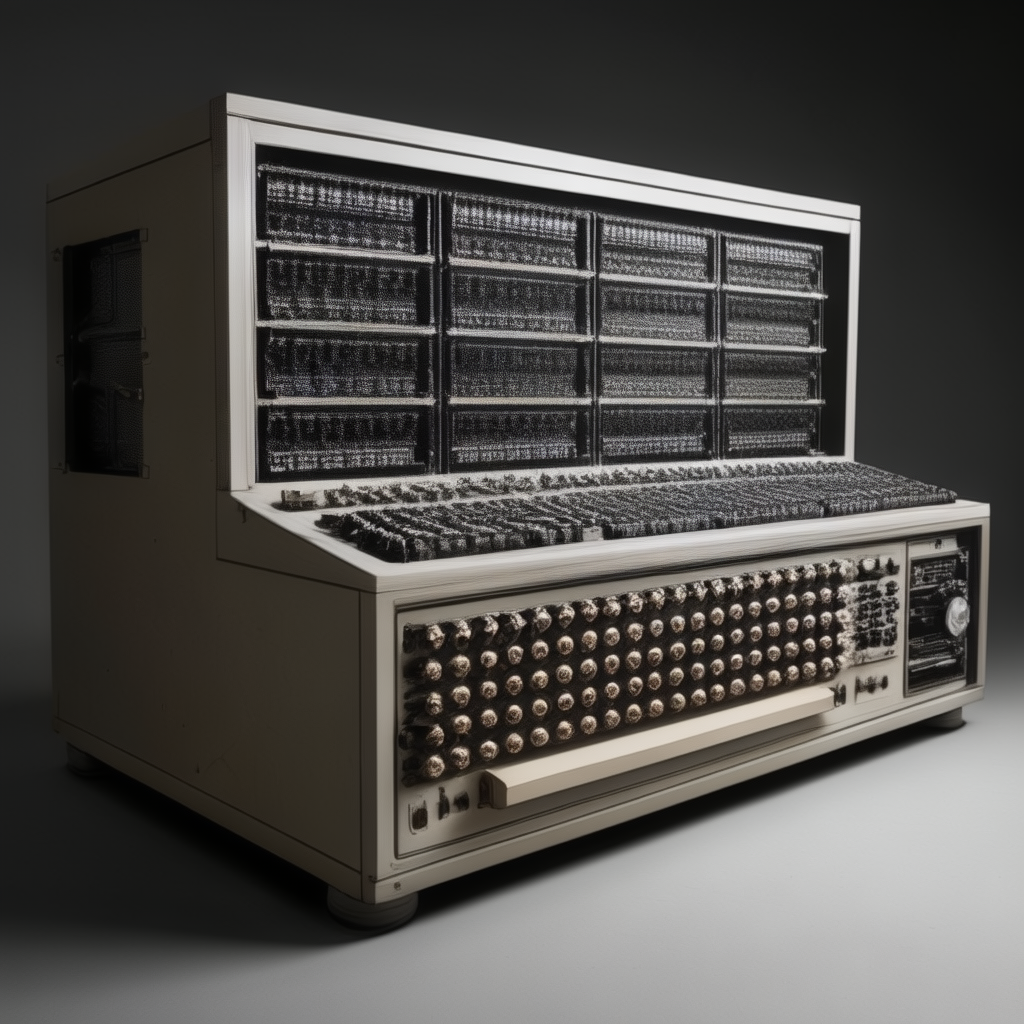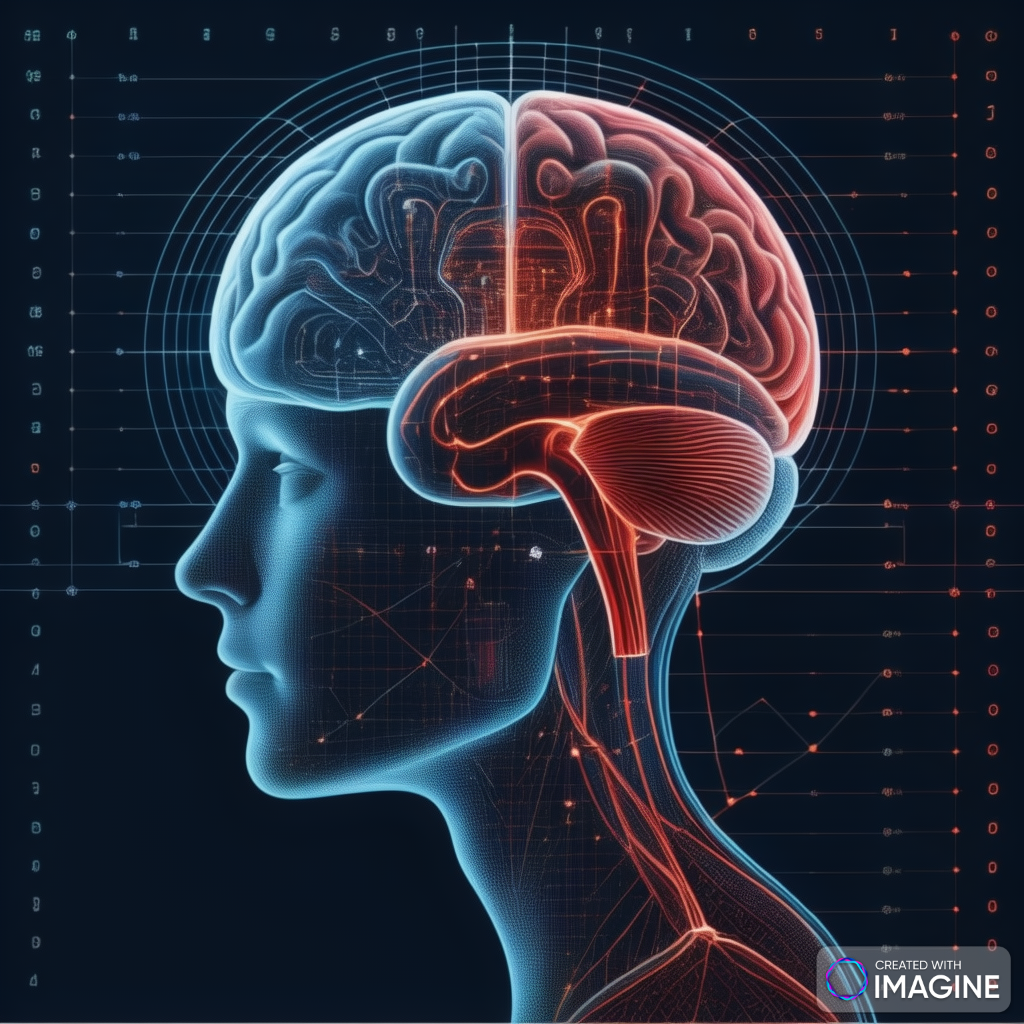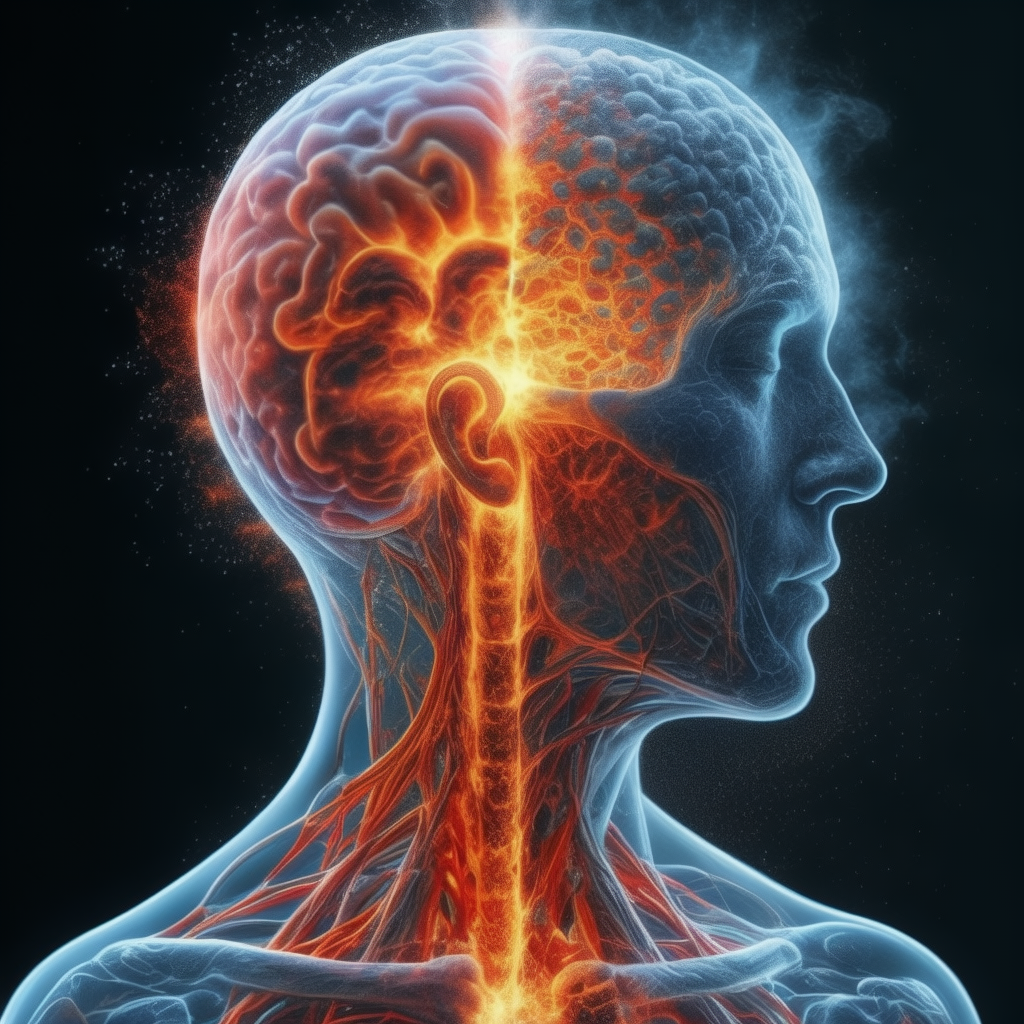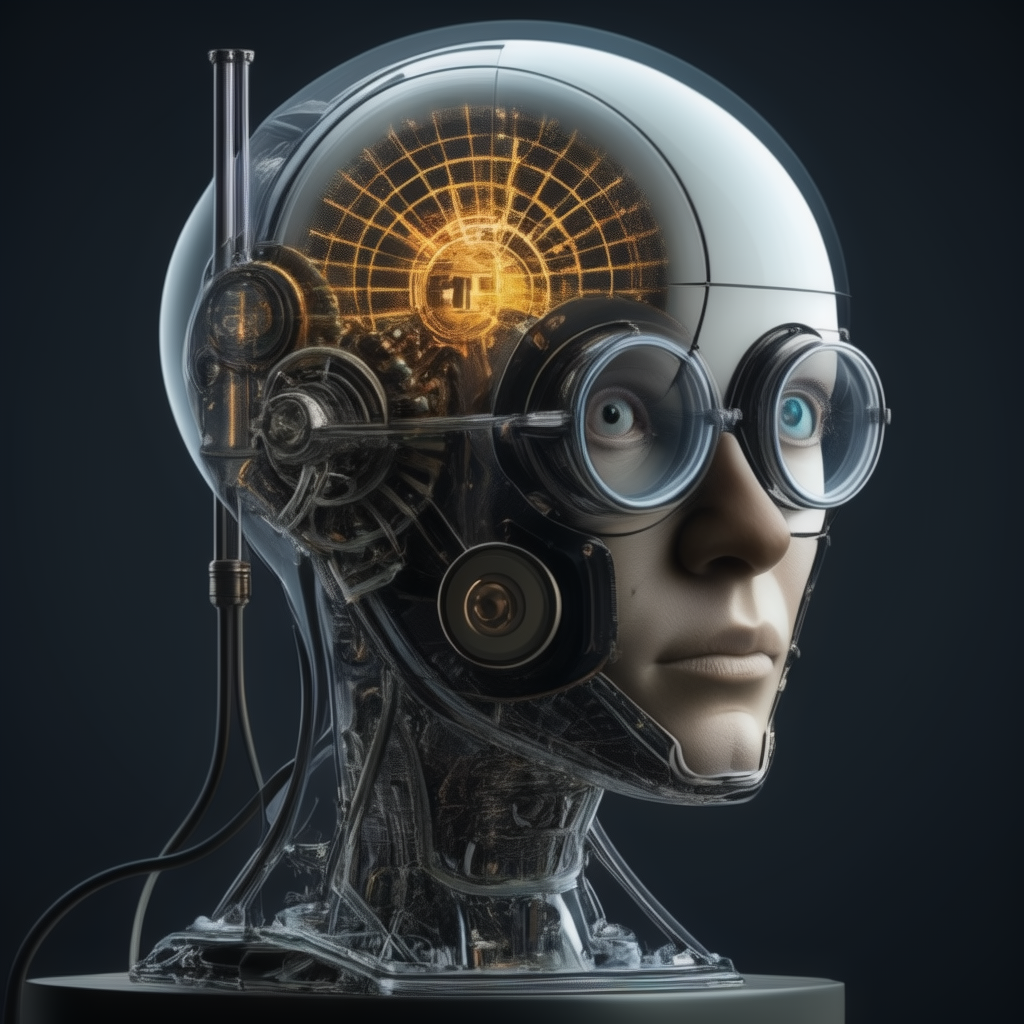From Bits to Petabytes: The Evolution of Computing Power
The world of computing has evolved at an unprecedented pace over the last few decades, shifting from bits and bytes to handling vast amounts of data measured in petabytes and exabytes. As we explore how computing power has increased over time, it’s essential to understand the journey from the smallest unit of information, the bit, to the immense power of modern supercomputers.
1. The Foundation: Bits and Bytes
At the core of all computing lies the bit—the smallest unit of data in a computer, represented as a 0 or 1. A group of 8 bits forms a byte, which can store one character, such as the letter ‘A’ or a symbol like ‘$’. These basic units are the building blocks of all modern computing.
Early computers, built in the mid-20th century, were limited to processing small amounts of data. For example, the first general-purpose computer, the ENIAC (built in 1945), performed calculations using binary numbers, but it could only handle about 5,000 additions per second. Today, even the simplest smartphones handle billions of calculations every second.
2. Moving Up the Scale: Kilobytes to Gigabytes
As computers became more sophisticated, they began to handle larger amounts of data. One thousand bytes make up a kilobyte (KB), which was sufficient to store a small text document in early computers. As technology advanced, file sizes grew, requiring larger storage capacities.
The evolution from kilobytes to megabytes (MB) marked a significant leap in computing, allowing for more complex programs and data storage. The shift to gigabytes (GB) during the personal computing revolution of the 1990s and early 2000s enabled the storage of larger software, multimedia files, and operating systems. To put things into perspective, a single gigabyte can store approximately 250 songs or 1,000 images.
3. Terabytes: The Data Explosion
As technology continued to advance, the explosion of digital content and data—driven by the rise of the internet, social media, and multimedia—brought the need for even larger storage. Enter the terabyte (TB), which equals one trillion bytes or 1,024 gigabytes.
Terabytes are now commonly used in personal computing. For instance, many modern laptops and external hard drives come with 1 TB or more of storage. The need for terabyte-level storage is fueled by the rise of high-definition video, cloud computing, and data-heavy applications such as gaming and artificial intelligence (AI).
4. Petabytes and Beyond: The Era of Big Data
In the age of Big Data, the scale has shifted dramatically from terabytes to petabytes (PB)—equal to 1,024 terabytes or over one million gigabytes. This leap is essential for organizations managing enormous datasets, such as Google, Facebook, and Amazon, which handle petabytes of data daily. For example, Google’s search index is estimated to be several petabytes in size, and Facebook stores hundreds of petabytes of user-generated content, including photos, videos, and posts.
Supercomputers, designed to tackle the world’s most complex scientific and engineering problems, regularly deal with petabyte-level datasets. High-Performance Computing (HPC) systems, like the U.S. Department of Energy’s Summit supercomputer, can perform up to 200 petaflops (quadrillions of floating-point operations per second) and have the capability to process massive datasets in real time, advancing fields like genomics, climate modeling, and quantum physics.
5. The Role of Supercomputing in Expanding Power and Speed
Supercomputers are at the forefront of increasing computational power. These machines are capable of performing calculations at speeds previously thought impossible. A modern supercomputer typically processes at speeds measured in flops (floating-point operations per second), with the most powerful machines capable of reaching exaflop performance (one quintillion operations per second).
For instance, the Fugaku supercomputer, developed by RIKEN in Japan, achieved speeds of 442 petaflops, making it the fastest supercomputer in the world as of 2020. These machines are designed for complex simulations in fields like drug discovery, nuclear physics, artificial intelligence, and weather prediction, where they must handle vast datasets and perform trillions of calculations simultaneously.
Supercomputers utilize vast amounts of memory and storage to process data efficiently. While a regular desktop might have 16 GB of RAM, supercomputers operate with terabytes of RAM, ensuring they can handle massive workloads without slowing down.
6. Why Computing Power Matters: Real-World Applications
The constant increase in computing power isn’t just a theoretical development; it’s driving real-world breakthroughs across various industries:
- Artificial Intelligence and Machine Learning: AI models require significant computational power to train on large datasets. Modern GPUs and supercomputers are essential for training neural networks that can analyze speech, recognize images, and make decisions.
- Healthcare and Genomics: Genome sequencing requires analyzing enormous datasets to identify genetic variations linked to diseases. Supercomputers are crucial for processing these datasets in a reasonable amount of time, paving the way for personalized medicine.
- Climate Science: Understanding climate change requires simulating complex global systems over long periods, using vast amounts of data from satellite imagery and sensors. Supercomputers enable these simulations, providing more accurate predictions of climate patterns and extreme weather events.
- Cryptography and Blockchain: The secure encryption methods used to protect data require immense computational power. With the rise of blockchain technology and cryptocurrencies like Bitcoin, powerful computers are needed to solve complex cryptographic puzzles and maintain the security of decentralized systems.
7. The Future of Computing: From Exabytes to Yottabytes
While petabyte-scale computing is common today, the future lies in the exabyte (1,024 petabytes) and even yottabyte (1,024 exabytes) ranges. As the Internet of Things (IoT) continues to expand and more devices connect to the cloud, data creation will explode, requiring systems that can store and process yottabytes of data.
Quantum computing is another frontier that promises to revolutionize computing power. While classical computers process information in bits (either 0 or 1), quantum computers use qubits, which can exist in multiple states simultaneously due to superposition. This allows quantum computers to perform specific calculations much faster than classical computers, potentially unlocking new capabilities in fields such as cryptography, materials science, and drug discovery.
The Science Behind Computing Power: From Basics to Quantum Computing
The journey of computing power, from the simplest binary systems to today’s supercomputers and emerging quantum machines, is rooted in both science and engineering. This post will explore the scientific principles that enable computing, the historical milestones that led to modern advances, the engineering challenges behind scaling computation, and why humans can’t match these speeds despite creating such powerful systems.
1. The Origins of Computing: Early Mechanical Computation
The earliest form of computation began long before modern electronics. Devices like the abacus, dating back thousands of years, were among the first tools to assist humans in performing calculations. The principles of computation, even then, revolved around processing data systematically.
In the early 19th century, Charles Babbage designed the first mechanical computer, known as the Analytical Engine. Although it was never fully built, Babbage’s design laid the foundation for modern computers by incorporating basic components like memory (storage), an arithmetic logic unit (for calculations), and a control unit (to manage instructions).
2. The Dawn of Electronic Computing: Logic Gates and Boolean Algebra
The leap from mechanical to electronic computation came with the development of logic gates and the formalization of Boolean algebra by George Boole in the mid-19th century. Boolean algebra, which uses binary (0s and 1s) to represent logical relationships, became the mathematical foundation of modern computing.
The construction of logic gates—the building blocks of digital circuits—allowed computers to perform simple operations like AND, OR, and NOT, based on input values. These gates use transistors, semiconductors that switch on and off to control electrical signals, representing the binary system. In essence, computers manipulate electrical signals using logic gates to perform computations at incredible speeds.
3. The First Modern Computers: The Invention of the Turing Machine
The theoretical framework for modern computers was established by Alan Turing in 1936 with the creation of the Turing Machine. The Turing Machine was a conceptual device that could perform any calculation if provided with a set of instructions (an algorithm) and a sufficient amount of time and memory.
Turing’s work led to the first programmable computers in the 1940s, such as the ENIAC, which used vacuum tubes to process data at speeds far beyond anything previously possible. The scientific principle of programmability—i.e., a machine that can follow a set of instructions to solve different problems—became the core of computing.
4. The Evolution of Transistors and Moore’s Law
The invention of the transistor in 1947 by John Bardeen, Walter Brattain, and William Shockley marked a pivotal moment in computing. Transistors replaced bulky vacuum tubes and enabled the development of smaller, faster, and more energy-efficient computers. Transistors are essentially tiny switches that control the flow of electricity in circuits, and they made large-scale integration (the inclusion of many transistors on a single chip) possible.
In 1965, Gordon Moore, co-founder of Intel, predicted that the number of transistors on a microchip would double approximately every two years, a trend known as Moore’s Law. This exponential growth in transistor density led to a corresponding increase in computing power. For decades, Moore’s Law guided the evolution of computing, driving both scientific discovery and technological development.
5. The Rise of Supercomputing: From Mainframes to Petaflops
As computation needs grew, so did the scale of computing. Supercomputers, the most powerful class of computers, began to emerge in the 1960s and 70s. Unlike general-purpose machines, supercomputers are optimized for parallel processing—the ability to perform many calculations simultaneously by dividing tasks across thousands of processors.
The first supercomputer, Cray-1 (built in 1976), could perform 160 million floating-point operations per second (megaflops). Today, the most powerful supercomputers, such as Summit and Fugaku, can reach speeds of over 400 petaflops, representing an increase of billions of times in computational power.
The key scientific principle behind supercomputing is parallelism—distributing tasks across multiple processors to speed up calculations. Supercomputers are used for simulations that require enormous computational resources, such as climate modeling, drug discovery, and nuclear research.
6. Quantum Computing: A Paradigm Shift in Computation
Quantum computing represents a fundamental shift in the nature of computation itself. Unlike classical computers, which use bits to represent information as 0 or 1, quantum computers use qubits, which can exist in multiple states simultaneously due to the principle of superposition in quantum mechanics.
Additionally, quantum computers leverage entanglement, a phenomenon where qubits become linked, so the state of one qubit can instantly influence the state of another, no matter the distance between them. This enables quantum computers to solve certain types of problems exponentially faster than classical computers.
For example, quantum computers can solve factoring problems (like breaking down large numbers into prime factors) exponentially faster than classical machines, which has significant implications for cryptography.
7. Engineering Challenges and Breakthroughs
The increase in computational power from bits to petabytes and beyond has been driven by both scientific innovation and engineering efforts. Some of the major breakthroughs and challenges include:
- Miniaturization of Transistors: The ability to pack billions of transistors onto a single chip was made possible through nanotechnology and advanced manufacturing techniques such as photolithography. However, as transistors approach the size of individual atoms, traditional semiconductor technology faces physical limits.
- Heat and Energy Management: As the number of transistors increases, so does the amount of heat they generate. Supercomputers require sophisticated cooling systems to prevent overheating, and energy efficiency is becoming a critical area of research in computing.
- Fault Tolerance: In quantum computing, maintaining the coherence of qubits (preventing them from losing their quantum state) is a significant engineering challenge. Errors in quantum computation can occur due to decoherence—the interaction of qubits with their environment.
8. Applications of High-Performance Computing
High-performance computing has enabled advances in many fields, including:
- Artificial Intelligence: Modern AI techniques, such as deep learning, require vast computational resources. Training neural networks to recognize patterns in massive datasets involves billions of calculations, which is only feasible with supercomputers and advanced GPUs.
- Genomics: Analyzing genetic sequences to understand diseases or personalize medicine requires processing terabytes of data quickly. Supercomputers have become indispensable in the field of bioinformatics.
- Financial Modeling: High-frequency trading algorithms in the financial sector rely on supercomputing to analyze market data and execute trades in milliseconds, far faster than human capabilities.
9. Human vs. Machine Computation: Why Can’t Humans Compute as Fast?
Despite creating machines that can perform billions of calculations per second, human brains operate very differently. There are several reasons why humans can’t match machine speed:
- Biological Limitations: The human brain processes information using neurons and synapses, which operate at much slower speeds than transistors in a computer. While neurons are highly efficient in terms of energy consumption, they can only fire about 200 times per second, whereas modern processors can execute billions of operations per second.
- Parallel vs. Serial Processing: Humans excel at parallel processing—for example, recognizing faces or understanding language—but struggle with the kind of serial processing that computers are optimized for, such as performing millions of arithmetic operations in a sequence.
- Purpose-Driven Design: Computers are designed to solve specific problems by performing rapid calculations, while the human brain is designed for a much broader range of functions, including creativity, abstract thinking, and emotional processing. These broader functions are not optimized for raw computational speed.
10. The Future of Computing: Beyond Classical and Quantum
As we continue to push the boundaries of computation, researchers are exploring neuromorphic computing, which mimics the architecture of the human brain. Neuromorphic computers use artificial neurons and synapses to perform tasks that are difficult for classical computers, such as pattern recognition and decision-making.
Optical computing is another promising area, where light (photons) is used instead of electricity (electrons) to perform calculations, potentially increasing both speed and energy efficiency. Moreover, DNA computing—which uses the biological properties of DNA molecules to store and process data—could lead to revolutionary ways of solving complex problems that are beyond the reach of classical and quantum computers.
Conclusion: The Boundless Future of Computing
The journey of computing, from the humble bit to the potential of quantum mechanics, showcases humanity’s drive to expand the frontiers of science and technology. As engineering breakthroughs continue, we will unlock new possibilities for computation, creating machines capable of performing tasks that were once the domain of science fiction. Even as machines surpass human capabilities in raw computation, the brain’s unique architecture ensures that humans will remain unmatched in creativity, intuition, and adaptability.
The journey from bits to petabytes and beyond demonstrates the exponential growth of computing power and speed. We’ve progressed from handling a few bytes of data at a time to managing petabytes of information in real-time. This growth has transformed industries, pushed the boundaries of scientific research, and fundamentally changed how we live and work.
As technology continues to evolve, computing will only become more powerful, leading us into an era where processing yottabytes of data and harnessing quantum computers may be as routine as managing gigabytes today. The continued advancements in computing power will pave the way for even more groundbreaking discoveries and innovations in the decades to come.







